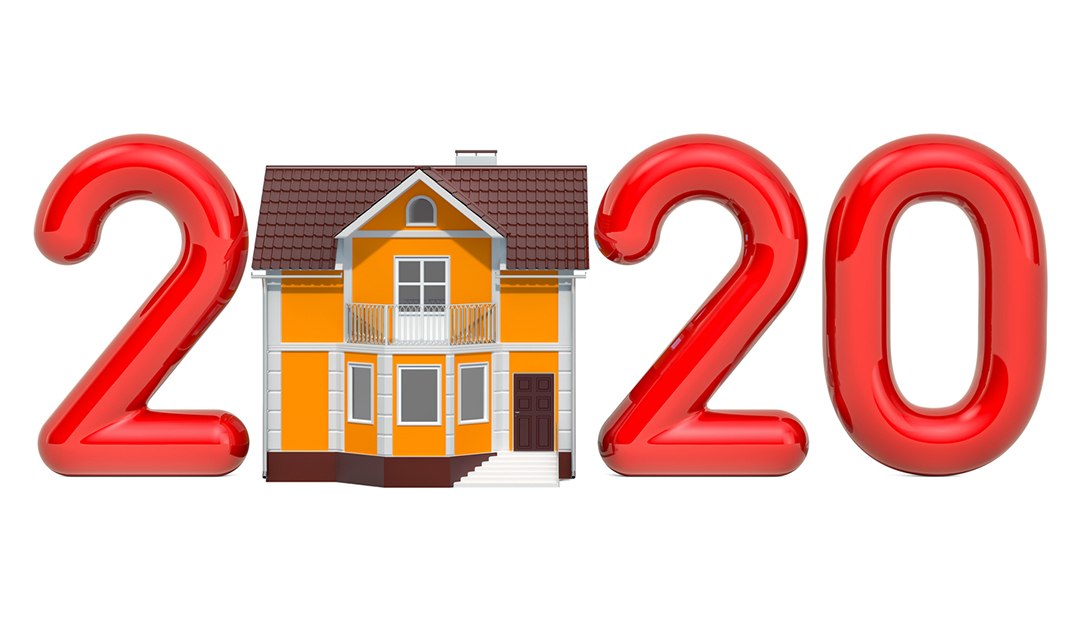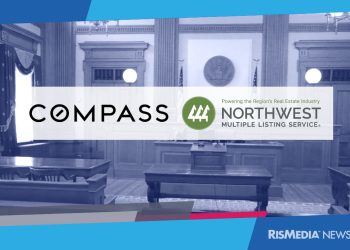With 2020 nearing, experts and forecasters have issued many market predictions, aligning on certain points, but diverging in opinion on others. Below, RISMedia’s snapshot:
Home-Building
Although homebuilders maintain optimism, buyer demand is stronger, and analysts are divided on whether inventory is meaningfully rising. For 2020, the National Association of REALTORS® expects 10.6 percent more housing starts (multifamily and single-family), while realtor.com® researchers forecast a 6 percent increase in single-family starts. On the flip side, the Urban Land Institute projected single-family starts to tumble 4.7 percent. According to Census data, construction in November spiked—an encouraging indicator.
Home Prices
After a cooling-off period, home prices reignited this year, and are expected to further increase in 2020. How much? At most, a cohort of economists at the NAR Forecast Summit predicted a 3.6 percent rise; at least, realtor.com predicted 0.8 percent; and in the middle, both the ULI and Zillow settled within 2 percent (2.5 percent and 2.8 percent, respectively). By comparison, from January-November 2019, the median price rose 3.18 percent, according to data from Homesnap.
Home Sales
Despite benefiting from low mortgage rates, buyers continue to grapple with limited options, contributing to muted sales this year—a challenge continuing into 2020, experts predict. As of September, NAR expected a 3.4 percent gain in home sales in 2020; in December, however, realtor.com researchers dialed down to a modest 1.8 percent. On an annual basis, existing-home sales inched up 2.7 percent, according to NAR’s November report.
Markets to Watch
Where will buyers flock in 2020? NAR’s and realtor.com’s leading markets include:
- Charleston, S.C.
- Charlotte, N.C.
- Colorado Springs, Colo.
- Columbus, Ohio
- Dallas-Fort Worth, Texas
- Fort Collins, Colo.
- Las Vegas, Nev.
- Ogden, Utah
- Raleigh-Durham-Chapel Hill and Winston-Salem, N.C.
- Tampa-St. Petersburg, Fla.
Realtor.com also included Boise, Idaho; Chattanooga and Memphis, Tenn.; Columbia, S.C; McAllen-Edinburg-Mission, Texas; Rochester, N.Y.; and Tucson, Ariz., in its ranking.
Mortgage Rates
Earlier this month, the Federal Reserve kept the key rate unchanged, and with the economy humming, analysts anticipate continued lows in 2020. Out of the NAR Forecast Summit, economists expected a favorable 30-year fixed mortgage in 2020, at 3.8 percent. Realtor.com researchers have a similar take: 3.88 percent. According to Freddie Mac, as of December 19, the average 30-year fixed mortgage rate was 3.73 percent.
Odds of a Recession
Throughout much of 2018 and 2019, analysts debated the probability of a recession, either in 2020 or 2021. The consensus at the NAR Forecast Summit: at best, no recession, and at worst, a 29 percent chance. For its part, Zillow forecasted no recession whatsoever, thanks to Americans’ confidence (equaling increased spending), a heartening labor market and promising wages.
The Takeaways
The economy. Homebuyers. Inventory. Mortgage rates. As 2019 comes to a close, housing industry leaders sound off:
“While we are seeing near-term positive market conditions with a 50-year low for the unemployment rate and increased wage growth, we are still underbuilding due to supply-side constraints like labor and land availability. Higher development costs are hurting affordability and dampening more robust construction growth.” – Robert Dietz, Chief Economist, National Association of Home Builders
“For the last few years, the lack of inventory has constrained the pace of home sales and increased the rate of home-price growth, leading to affordability challenges across the country. November’s strong monthly and annual gains indicate that potential homebuyers next year will have more properties to choose from… the continued increase in permits indicates that the pace of construction should stay strong in early 2020.” – Mark Fratantoni, Chief Economist, Mortgage Bankers Association
“While the economy is in a sweet spot, improvements in housing market sales volumes will be modest heading into next year simply due to the lack of available inventory. The demand is clearly not being met for entry-level millennials and trade-up Generation X homebuyers. If there was more inventory of unsold homes for buyers to choose from, home sales would be rising at a faster rate.” – Sam Khater, Chief Economist, Freddie Mac
“As inventories of starter homes continue to be a barrier for millennials, we will see more non-traditional households, such as roommate situations or even multigenerational living, popping up to support the financial load. This trend shows no sign of slowing down in the coming year, which presents an opportunity for agents to appropriately guide these younger adults to homes that balance both their desire for homeownership and potentially elevated costs.” – David Mele, President, Homes.com
“If current trends hold, then slower means healthier and smaller means more affordable. Yes, we expect a slower market than we’ve become accustomed to the last few years, but don’t mistake this for a buyer-friendly environment—consumers will continue to absorb available inventory and the market will remain competitive in much of the country.” – Skylar Olsen, Director of Economic Research, Zillow
“Housing remains a solid foundation for the U.S. economy going into 2020. Although economic output is expected to soften—influenced by clouds of uncertainty in the global outlook, business investment and trade—real estate fundamentals remain entangled in a lattice of continuing demand, tight supply and disciplined financial underwriting. Accordingly, 2020 will prove to be the most challenging year for buyers, not because of what they can afford, but rather what they can find.” – George Ratiu, Senior Economist, realtor.com
“The consensus was that mortgage rates may rise, but only incrementally. I expect to see home price affordability improvements, too. This year we witnessed housing costs grow faster than income, but the expectation is for prices to settle at a more reasonable level in the coming year, in line with average hourly wage growth of 3 percent on a year-over-year basis.” – Lawrence Yun, Chief Economist, NAR
What are your expectations of the 2020 housing market? Leave a comment below!












